How to Enter BIOS
Do you need to change your boot device or set your system clock? The BIOS is the place for you. The BIOS controls all of the low-level functions of your PC, and you'll need to access it if you want to make any changes. Accessing the BIOS...
Method 1 of 2:
Entering Your BIOS
-
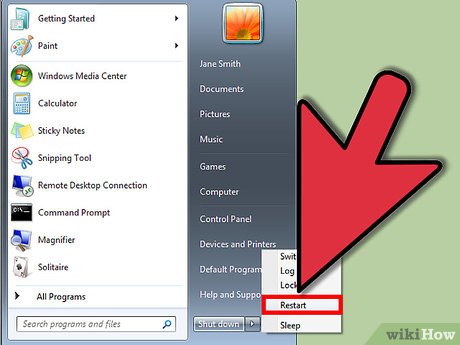 Reboot your computer. Since the BIOS controls your system's most basic functions, you have to access it before Windows loads.
Reboot your computer. Since the BIOS controls your system's most basic functions, you have to access it before Windows loads. -
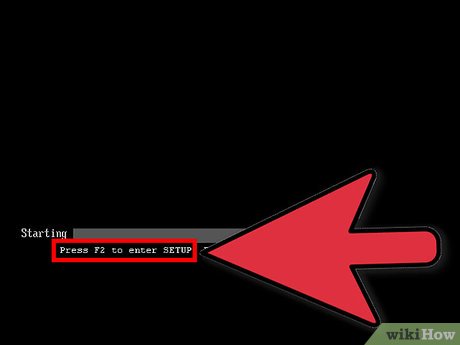 Press the Setup key. As soon as you see the manufacturer's logo, press the key specified to enter Setup or BIOS. The most common keys are F1, F2 and Delete.
Press the Setup key. As soon as you see the manufacturer's logo, press the key specified to enter Setup or BIOS. The most common keys are F1, F2 and Delete.- If you don't hit the key in time, Windows will load and you will have to reboot and retry.
-
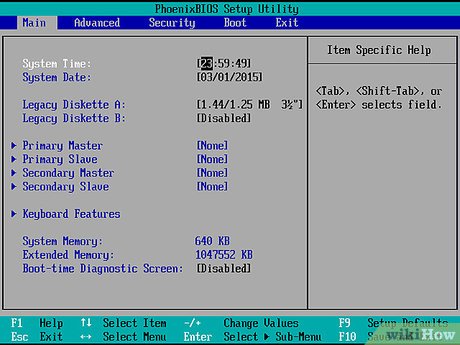 Navigate the BIOS. Once you have loaded the BIOS, you can use your keyboard to navigate the menus. Your mouse will most likely not be working. You can use the BIOS to change the basic settings for your hardware.
Navigate the BIOS. Once you have loaded the BIOS, you can use your keyboard to navigate the menus. Your mouse will most likely not be working. You can use the BIOS to change the basic settings for your hardware.
Method 2 of 2:
Entering UEFI Settings for Windows 8
-
 Open the Charms bar and click the Settings button. You can access the Charms bar by moving your mouse to the upper- or lower-right corner of the screen.
Open the Charms bar and click the Settings button. You can access the Charms bar by moving your mouse to the upper- or lower-right corner of the screen.- If you are using Windows 8, you've probably noticed that your computer's boot sequence is too fast to hit the Setup key. Because of this, Windows 8 allows you to boot into an Advanced menu. You have to perform this action within Windows.
-
 Click the Power button.
Click the Power button. -
 Hold .Shift and click "Restart".
Hold .Shift and click "Restart". -
 Click 'Troubleshoot' and then "Advanced options".
Click 'Troubleshoot' and then "Advanced options". -
 Click "UEFI Firmware Settings". You may have to click "Restart" again.
Click "UEFI Firmware Settings". You may have to click "Restart" again.- This will allow you to change your UEFI settings, which are similar to your BIOS settings.
5 ★ | 1 Vote
You should read it
- How to Reset Your BIOS
- How to Change Computer BIOS Settings
- 5 tips for using the BIOS to help you master your computer
- How to access BIOS on your Windows 11 PC
- What is CMOS and what is it used for?
- Instructions for entering BIOS on different computers
- Display BIOS information on Windows 10 using Command Prompt
- How to view the Last BIOS Time index in Windows 10
- How to Check BIOS Version
- Enable password in BIOS
- Things to note when using UEFI instead of BIOS
- How to set up BIOS to boot from USB / CD / DVD, external hard drive
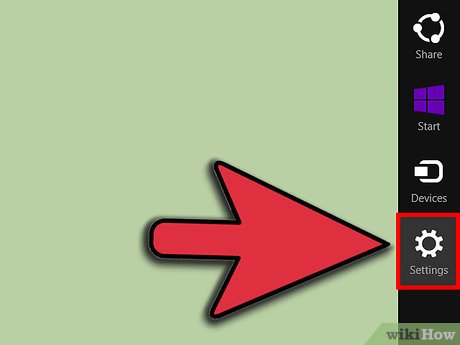
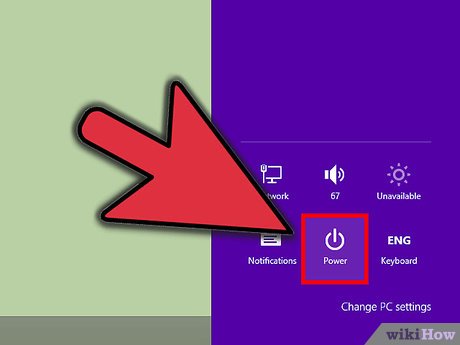
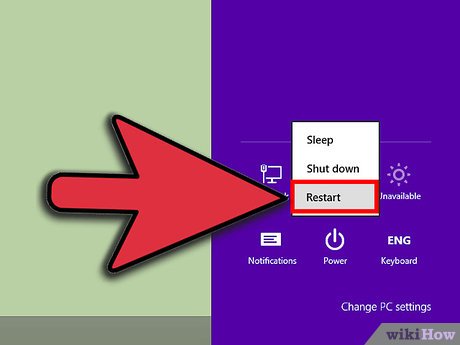
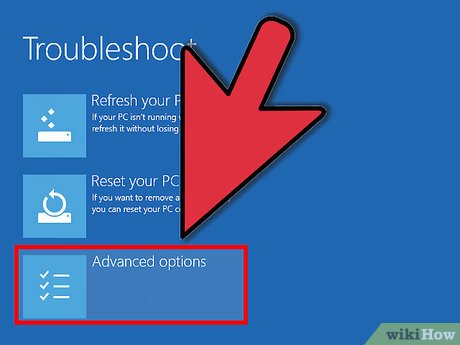
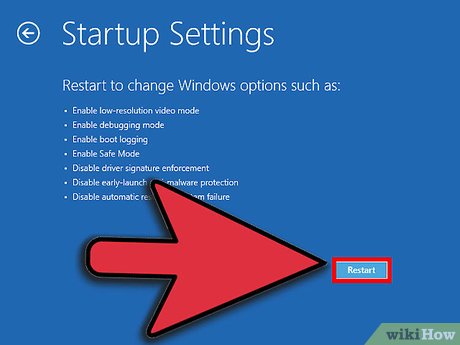






 The fastest way to enter Windows 11 BIOS
The fastest way to enter Windows 11 BIOS How to enter Bios for all motherboard and laptop lines
How to enter Bios for all motherboard and laptop lines How to enter the BIOS on the computer, laptop
How to enter the BIOS on the computer, laptop How to enter BIOS (UEFI) on Windows 10, how to fix the error of not being able to enter BIOS Win 10
How to enter BIOS (UEFI) on Windows 10, how to fix the error of not being able to enter BIOS Win 10 How to enter BIOS Windows 10 Asus, Dell, HP, Acer
How to enter BIOS Windows 10 Asus, Dell, HP, Acer How to access BOOT, BIOS menu on Asus, Dell, Lenovo laptops
How to access BOOT, BIOS menu on Asus, Dell, Lenovo laptops